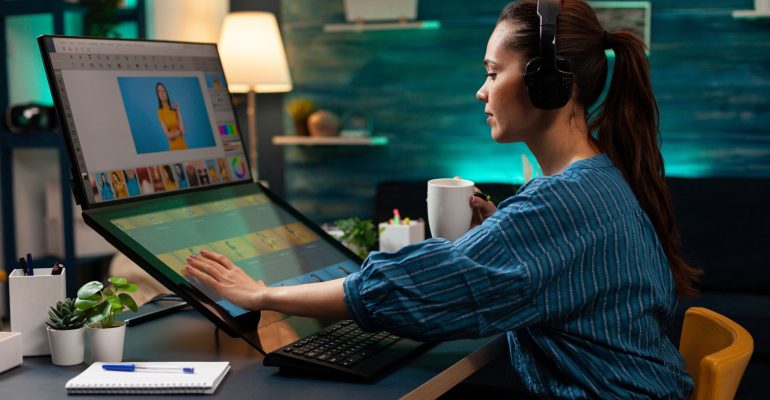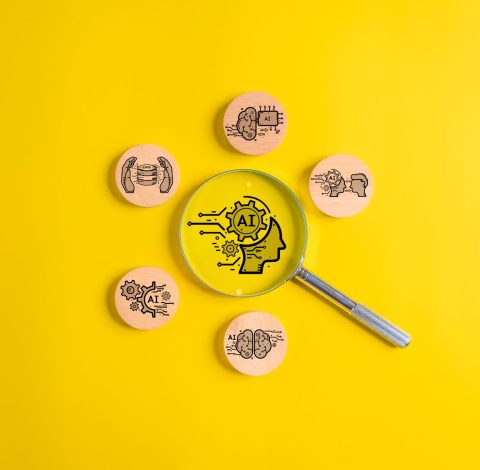
How do AI image generators work?
Photo by DC_Studio On Envato Elements
A cutting-edge AI method for image generation employs neural networks (computer-simulated neurons inspired by the human brain’s neurons, designed to recognize patterns) to create, enhance, and fine-tune images based on a user’s textual input.
The model is “trained” using a dataset of images, and the system continuously refines the generated image, steered by the text input, for a predetermined number of iterations. Consequently, an image with high quality and contextual relevance is produced after several refinement stages.
Text-guided image generators, such as DALL·E 2, rely on a blend of two machine-learning approaches: reconstructive generative modeling and manipulation of latent space through natural language supervision.
These generators employ a “diffusion model” technique to train AI by using a noise vector (random visual interference) to blur an image, like a cat picture.
The trained AI then learns to retrieve the data, for instance, the cat image hidden by the injected noise. The AI can subsequently remove noise from an image to recover the data and modify the image’s features to yield a sharp outcome.
The model can generate high-quality images encompassing various subjects and styles, thanks to multiple iterations of this diffusion process.
The second machine learning approach involves connecting image-to-text by training the neural networks to evaluate the resemblance between an image and the input text.
The similarity score serves as an indicator to guide the latent diffusion image generation model in refining images, thereby enhancing the relevance of the generated content.
This enables the generator to reconstruct relationships between objects in an image based on descriptive words.
By combining these techniques, text-guided image generators have achieved remarkable results. Images produced by latent diffusion image models, such as Midjourney, Stable Diffusion, and DALL·E 2, are astonishingly lifelike, featuring high levels of detail and realism.
The “text-to-image generation” ability is incredibly potent and practical, as users can employ the model to create images tailored to the textual directions provided to the image generator.
For instance, consider the images generated using Stable Diffusion v1.5 with the text inputs: “A picture of a flying cat with wings, facing rainbows, background blue sky, cartoon style, realistic, high detail, 4k” and “A picture of a dog sitting on a pink gym ball, realistic photograph.”










